Our Heritage
Traditional Japanese cuisine was born more than 1,000 years ago. It is referred to as . It has been an important part of dining in Japan for centuries and, even now, is a great source of pride in Japanese culture.
Washoku was an important part of dining during the Sengoku period, also known as the Warring States period. It was also enjoyed by samurai warriors in the Edo period, beginning in the early 17th century. Washoku continued to develop over time in terms of flavor and format with people’s evolving modern lifestyles.
This is an introduction to Washoku, together with (boiled and dried-smoked skipjack tuna) flakes and , which are the key essences of Washoku.
-
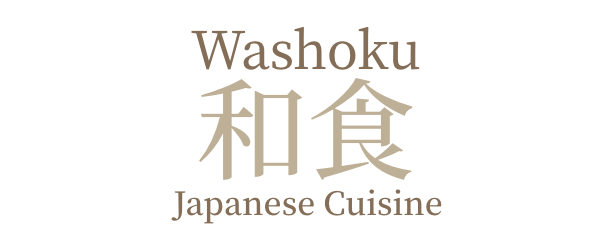
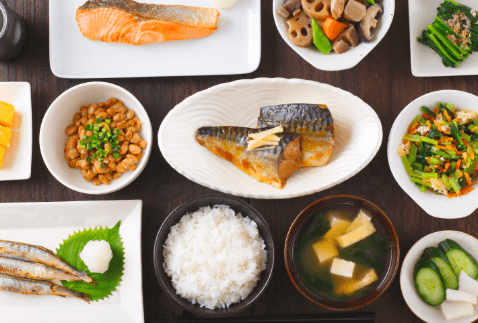

In the Japanese language, Wa means Japan and Shoku means dining. Japan has four distinct seasons due to its terrain and latitudinal position, and the country is blessed with an abundance of nature, such as forests, seas, and rivers. For these reasons, Washoku features a number of dishes using seasonally harvested vegetables and seafood along with a variety of fermented foods.
Making full use of natural flavors and ingredients is a fascinating characteristic of Washoku. The beautiful appearance is another captivating aspect of Washoku. It’s not just the ingredients that change seasonally, but the colors of tableware that also reflect the time of year. Additionally, flowers can also be used to accentuate the presentation.
In true Japanese style, these details subtly emphasize and create a more luxurious and enjoyable dining experience. In recognition of these elements, Washoku was put on the UNESCO Intangible Cultural Heritage list in 2013. -
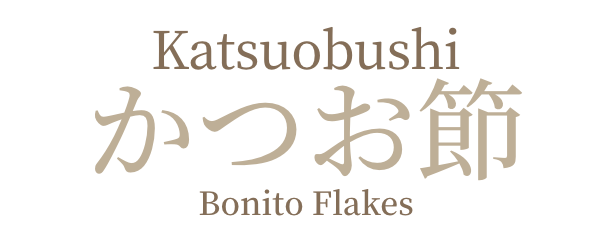
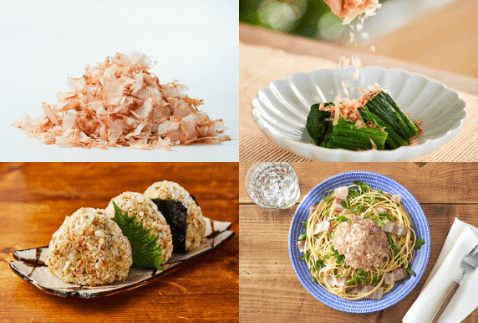

Katsuobushi (boiled and dried-smoked skipjack tuna) flakes are a traditional Japanese cooking ingredient. Katsuobushi is even recorded in Japan's oldest existing book, which was published 1,300 years ago. Katsuobushi flakes are made from a type of fish called skipjack tuna, more commonly known as bonito. It is said that Katsuobushi flakes were brought into battle during the Sengoku period in the heyday of the samurai.
Today, Katsuobushi flakes are used in daily home cooking. It is also often presented as a gift for anniversaries and other celebratory occasions because it is considered a harbinger of good luck.
Katsuobushi flakes are often used in Washoku as a topping or a flavor additive in pan-fried dishes. Katsuobushi flakes are not just healthy but also bring out the natural flavors of other ingredients and remains a favorite of the Japanese people.
-

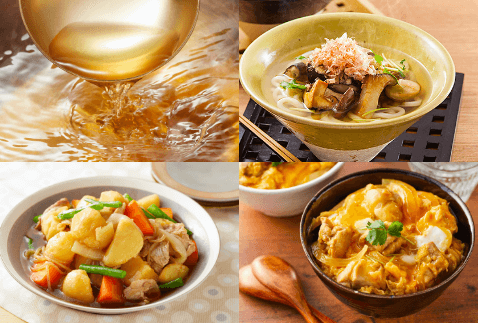

Dashi is a broth that is extracted mainly from Katsuobushi flakes and/or Kombu (edible dried kelp). Today however, a powder-type Dashi is also available, and both liquid and powder-type Dashi are often used in home cooking. Just simply adding Dashi brings out the flavor of Washoku in cooking quickly and easily.
Dashi can be added to miso soup, udon noodle soup, simmered dishes, hot pot dishes, Japanese-style pasta sauce, and more to enhance the flavor of these dishes. Use Japan's traditional Dashi to add a special taste to your dishes!
Washoku
Japanese dish and/or Japanese traditional food culture that values the taste of the ingredients and the sesonarity, registered as a UNESCO Intangible Cultural Heritage in 2013.
Katsuobushi
Katsuobushi is boiled and dreid-smoked skipjack tuna, classified either arabushi or karebushi according to the production process. One of traditional Japanese foods that can be stored for a long time.
Sometimes it means katsuobushi flakes.
Dashi
Japanese broth made by soaking Katsuobushi flakes and/or dried brown algae (kelp) in water, or by boiling them, that contain extracted umami, flavors, and nutrition.
It is indispensable for cooking Japanese dish.

